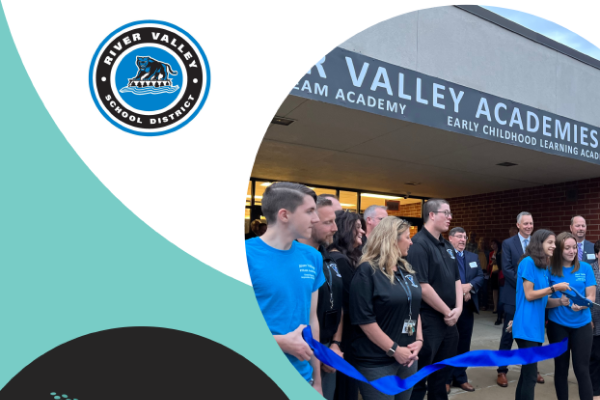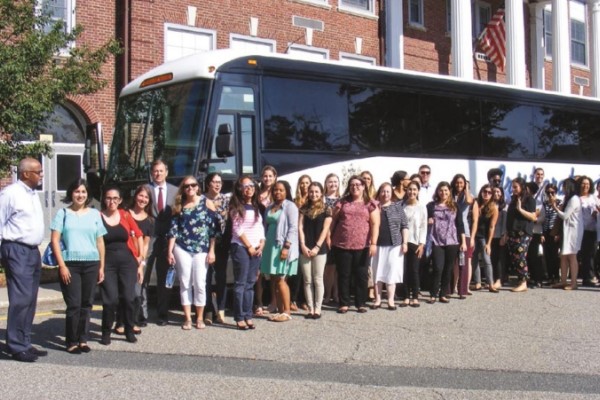An American Imperative: A New Vision of Public Schools
April 08, 2021

AASA Learning 2025: Student-Centered, Equity-Focused, Future-Driven Education is a movement that calls for holistic redesign of the public school system by 2025.
The initiative is grounded in the foundational work of the AASA Learning 2025 National Commission, comprised of thought leaders in education, business, community and philanthropy.
What makes this report stand out is its call to action comprised of recommendations, coupled with specific action steps.
Everyone associated with a school district must take bold steps to work together as systems on behalf of the well-being, self-sufficiency and success of our students. Daniel A. Domenech, Former AASA Executive Director
The report affirms that leaders, teachers and learners play a role in redesigning systems, reengineering instruction and co-authoring the learning journey. Further, core component areas are essential and must be present to address any school system and community.
The core areas of redesign include:

Systemic redesign must happen within an intentional, relationships-based culture that is:
- Whole Learner Focused: The entire system must attend to the social, emotional, cognitive, mental health and trauma-based needs of ALL learners.
- No Learner Marginalized: ALL children, families and staff must be embraced, valued equally and served with equity—regardless of race, ethnicity, religion, sexual orientation, gender, socioeconomic circumstance or disability.
- Future Driven: Schools must routinely anticipate forthcoming changes in the career landscape to inform all decisions today.
Learning must entirely reorient around the learner.
In order to meet ALL learners’ social, emotional and cognitive needs, instruction and learning must happen on a growth model continuum, where data analytics, planning, learning and evidence of learning operate in a feedback loop to personalize learning.
Panels of school, association, state and federal leaders must convene to determine how to unlock resources to meet ALL children’s Whole Learner needs in the following categories:
- Learning Accelerators: Broadband must be deemed a public utility so that ALL learners have access to the technologies necessary to access and accelerate learning.
- Aligned Community Resources: To meet Whole Learner needs, educators, learners and learners’ families must have access to a robust, multi-tiered system of supports.
- High-Quality Early Learning for ALL Children: ALL children must engage in high-impact early learning to prepare them to function as co-authors of learning in their K-12 journey.
- Diverse Educator Pipeline: Educators and staff must represent the learners, families and communities they serve so that true culturally-responsive learning is possible.
The multi-year transition plan provides guardrails for change and simultaneous calls for the empowerment of districts and schools to enact change.
Advertisement
Advertisement
Advertisement
Advertisement



